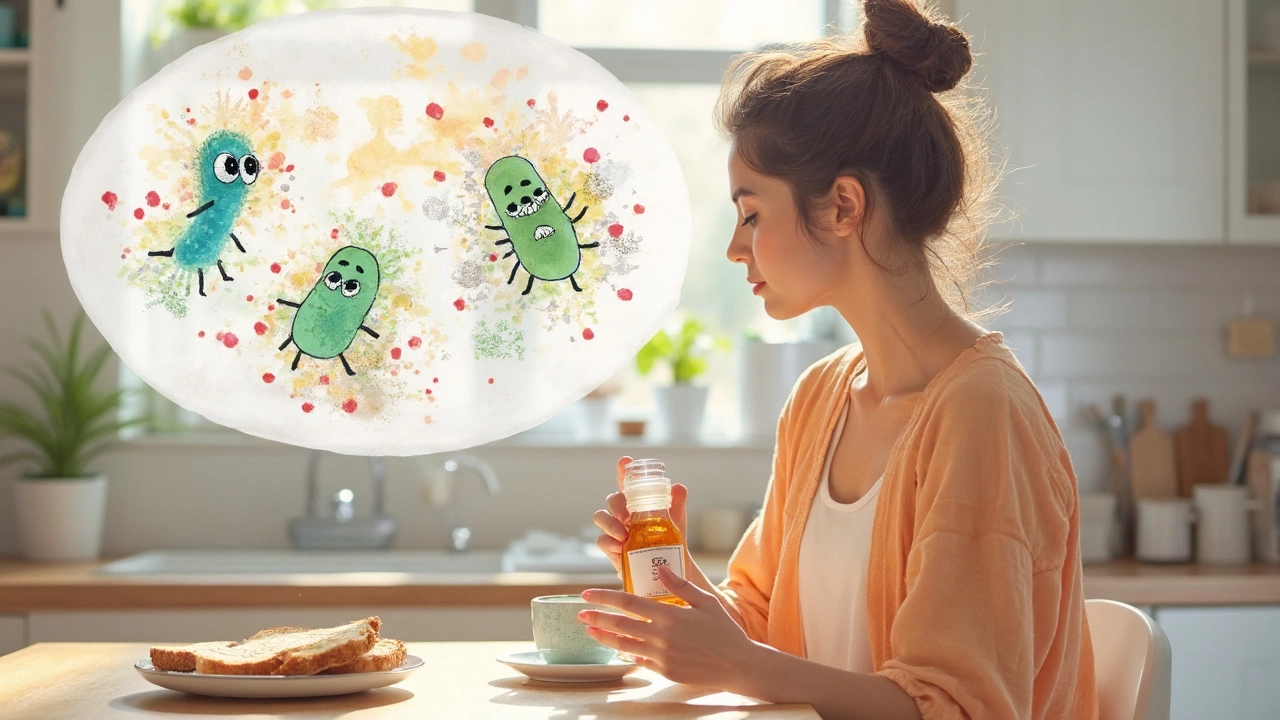Antibiotic Risks: Simple Facts to Keep You Safe
Antibiotics save lives, but they aren’t harmless. If you’ve ever felt queasy after a pill or wondered why doctors warn about overuse, you’re in the right place. This guide breaks down the real risks, gives you clear actions, and helps you talk to your doctor with confidence.
Common Side Effects You Might Experience
Most people notice mild issues like stomach upset, diarrhea, or a rash. These happen because antibiotics also attack good bacteria in your gut. If the diarrhea is watery and lasts more than a few days, it could be a sign of Clostridioides difficile infection—a serious condition that needs prompt treatment.
Allergic reactions range from itchy skin to breathing trouble. A hives outbreak after the first dose means you should stop the drug and seek medical help right away. Even mild itching can signal a future severe reaction, so don’t ignore it.
Some antibiotics, especially fluoroquinolones, have been linked to tendon problems and nerve pain. If you feel sudden joint pain or a tingling sensation, let your doctor know. Switching to a different class often stops the issue.
Long‑Term Risks: Resistance and Gut Health
Every time you finish a course, bacteria that survived become tougher. This is antibiotic resistance, and it makes future infections harder to treat. The best defense is using the drug only when a doctor confirms it’s needed and finishing the full prescription.
Your gut microbiome also suffers from repeated courses. A balanced gut helps digestion, immunity, and even mood. After a round of antibiotics, consider probiotic foods like yogurt or a supplement to help rebuild the good bacteria.
Resistant infections can spread in the community, especially in crowded settings like schools or nursing homes. By taking antibiotics responsibly, you protect not just yourself but also those around you.
So, what can you do?
- Ask your doctor why an antibiotic is required and if there’s a non‑antibiotic alternative.
- Never share leftover pills; they might be the wrong type for someone else.
- Follow the exact dosage schedule—no skipping doses.
- Report any side effect, no matter how small, to your healthcare provider.
- Support gut health with fiber‑rich foods and, if needed, a probiotic.
Staying informed turns a powerful medicine into a safe tool. Next time your doctor suggests an antibiotic, you’ll know exactly what to look out for and how to minimize the risks.
Worst Antibiotics for Your Gut: What to Know Before You Pop That Pill
Antibiotics can be lifesavers, but some are brutal on your gut. This article breaks down which antibiotics can mess up your microbiome the most and why it matters. Get real facts on how your gut reacts, what symptoms to look for, and how to bounce back if your gut gets hit hard. If you ever doubted whether to ask your doctor for something gentler, here’s the info you need. Make sure you’re not trading one health problem for another.

